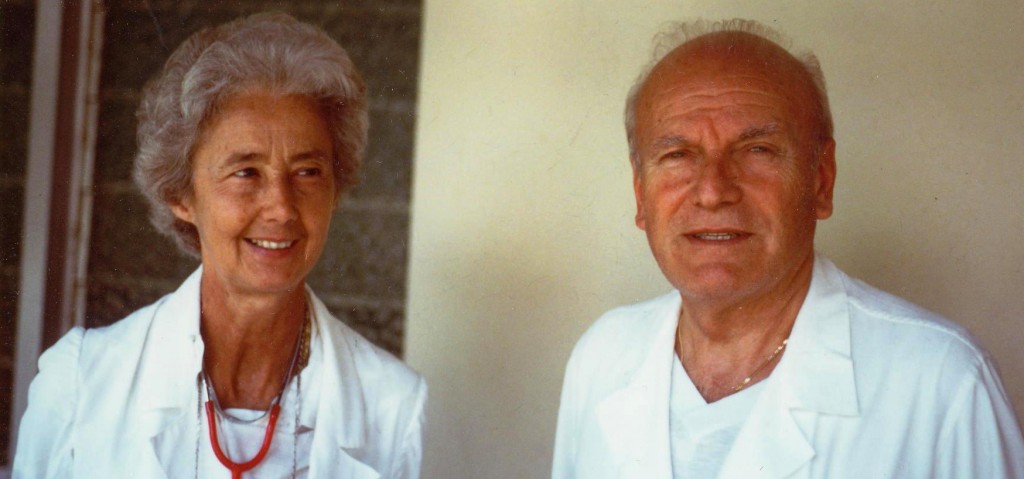LACOR HOSPITAL
St. Mary’s Hospital Lacor, is an internationally recognized model of humanitarianism and compassionate medical care. Operating through cycles of extreme political unrest, rebel activity, and unimaginable poverty its simple inception in 1959, it has grown to its current stature as a multi-building complex with over 500 patient beds, numerous specialties, and four medically related training programs.
Annually, Lacor provides health services to over 300,000 patients in its main building and satellite clinics.
Due to the extreme poverty brought on by decades by war, famine and disease, many Ugandans cannot afford necessary medical care. Lacor meets this expansive need by subsidizing fees by more than 80 percent. Lacor also waives fees for children under five years of age and for pregnant women. These subsidies dramatically increase access to health care for people in Gulu.
The story of Lacor Hospital is also the story of the courage, dedication and determination of Piero Corti and his wife Lucille Teasdale.
It was Piero and Lucille who held the hospital together throughout the rule of Idi Amin, the second Obote regime, and the over two-decade-long, vicious insurgency by the Lord’s Resistance Army. During these times the hospital was attacked, ransacked and looted for drugs and nurses were kidnapped many times.
Lucille survived the civil unrest, but was infected with HIV through a patient’s surgery. She demonstrated enormous courage, dignity and selflessness by continuing to work for many hours a day right up to the time of her death. Despite the loss of his wife, and a heart attack, Piero continued to dedicate himself to Lacor and the Corti Foundation. In 2003, he died of inoperable pancreatic cancer in Milan. He was taken back to Uganda and buried alongside of Lucille, on her right side according to local Acholi tradition.
Today, Dominique Corti carries on the work of her parents.

